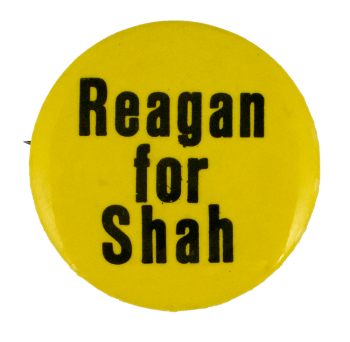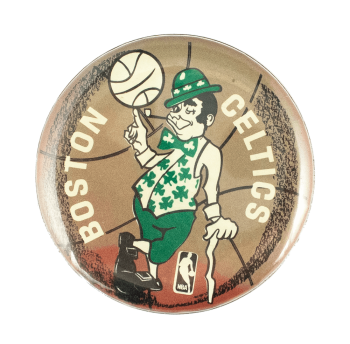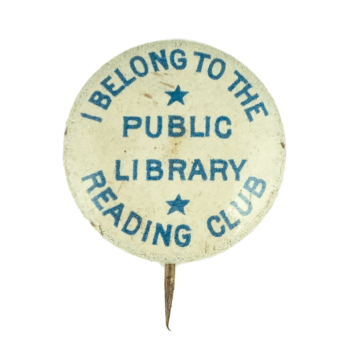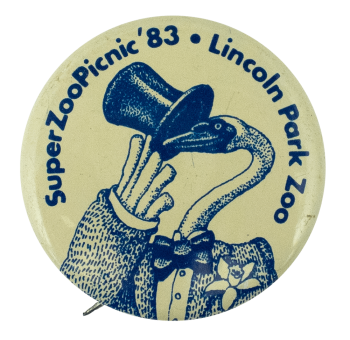BelAir Cafe Chevy's
| Category | |
|---|---|
| Additional Images | |
| Sub Categories | |
| Text on Button | BelAir Cafe Chevy's |
| Image Description | Illustration of two black silhouette's dancing in front of a pink triangle on top of an illustration of a yellow jukebox. White and Black Text on a white background. |
| Back Style | |
| The Shape | |
| The Size | |
| Additional Information | BelAir Cafe Chevy’s was a nightclub located in West Islip, Long Island, New York. The venue was active during the 1980s and early 1990s, featuring live music and dancing. A television commercial from the era described it as “the total entertainment complex,” offering dancing, parties, half-court basketball, indoor beach volleyball, a Velcro jump, and dining at Duffy’s Diner. The button’s design reflects the lively and retro atmosphere promoted in the ad. Here is a video link of a 1992 commercial for BelAir Cafe Chevy’s: https://www.youtube.com/watch?v=GS5jVdab_Vg. |
| Catalog ID | AD1144 |




















